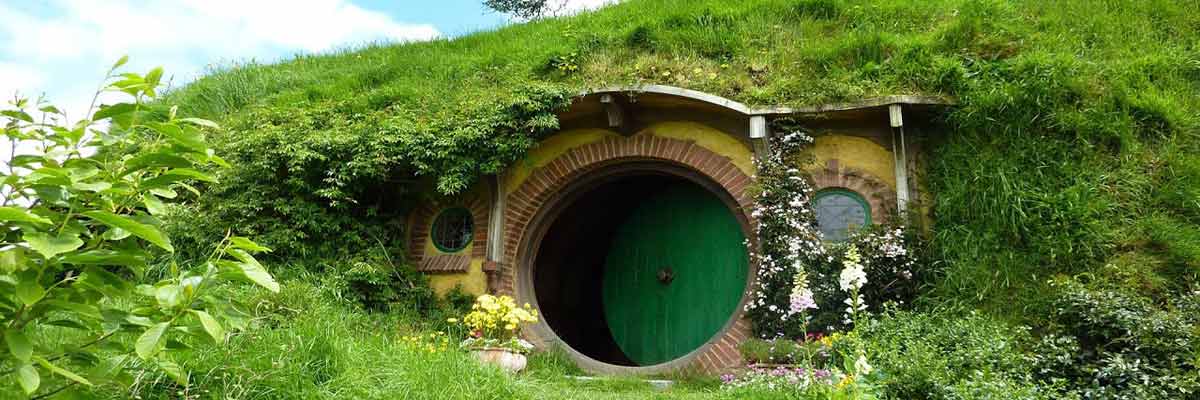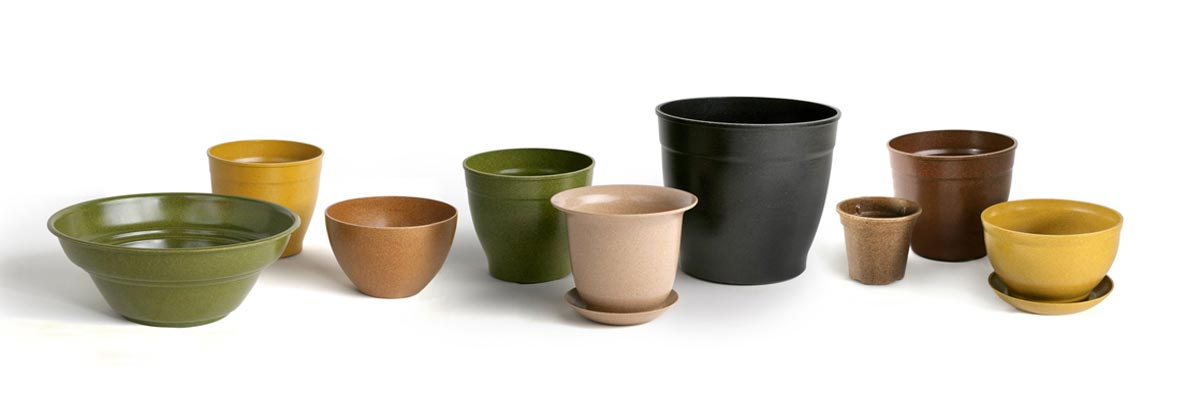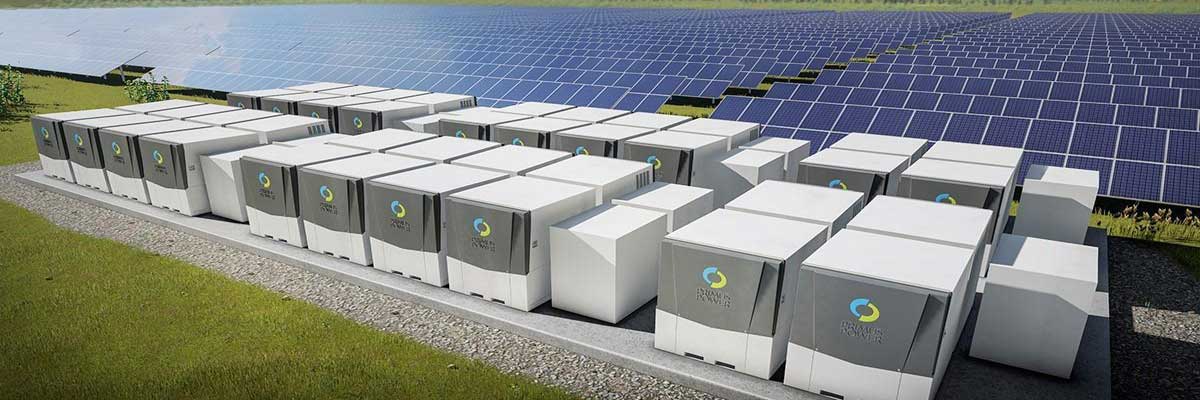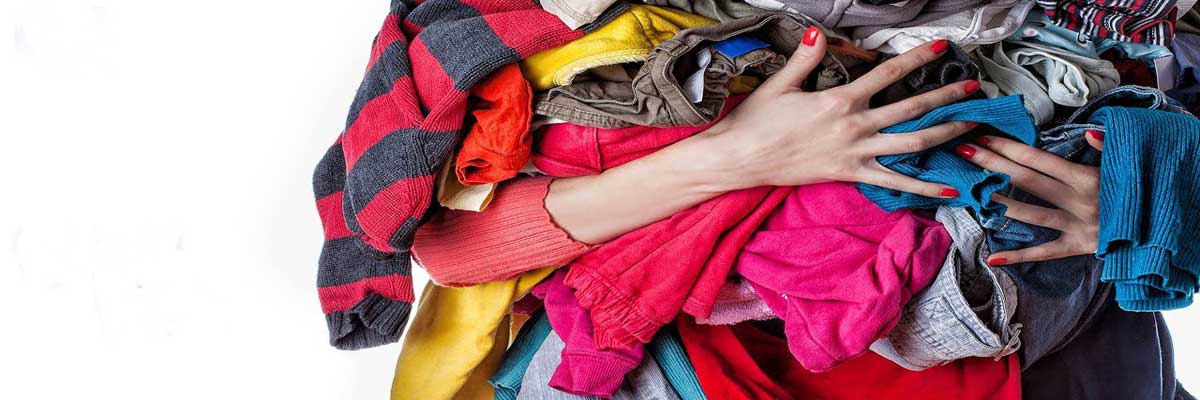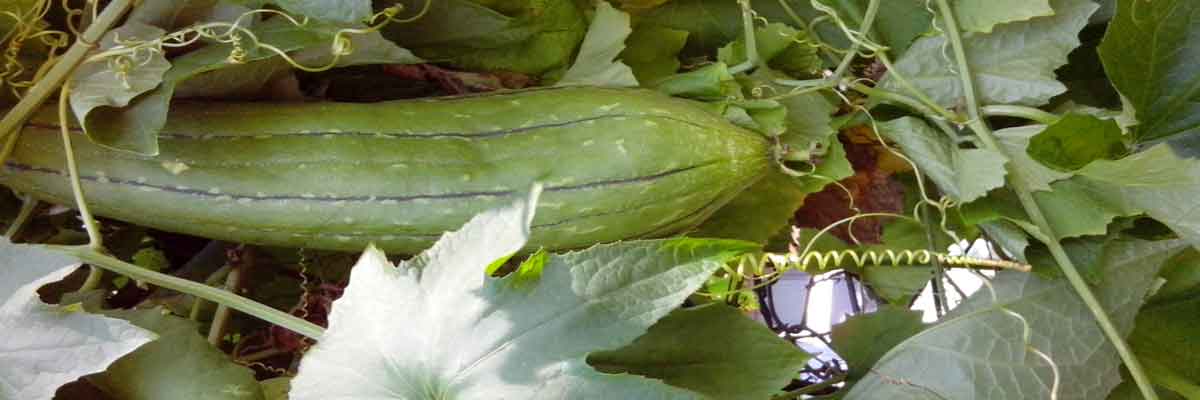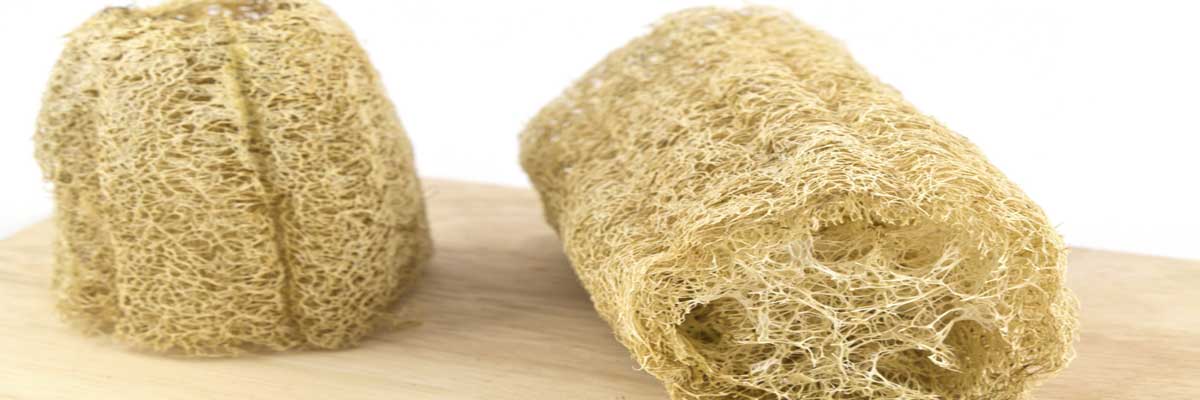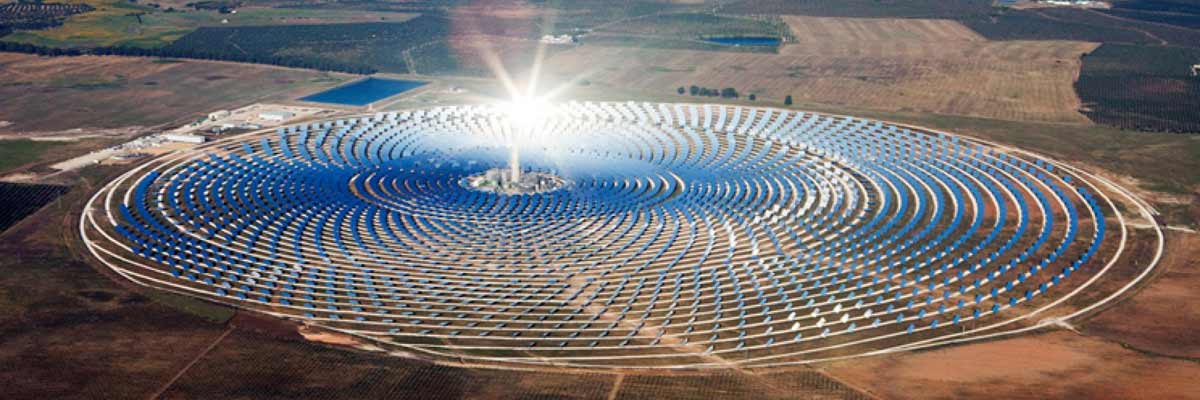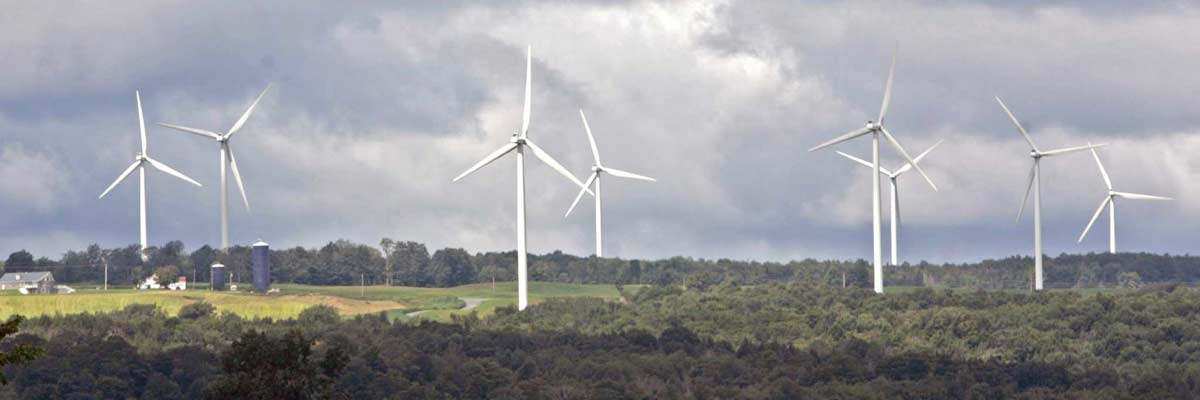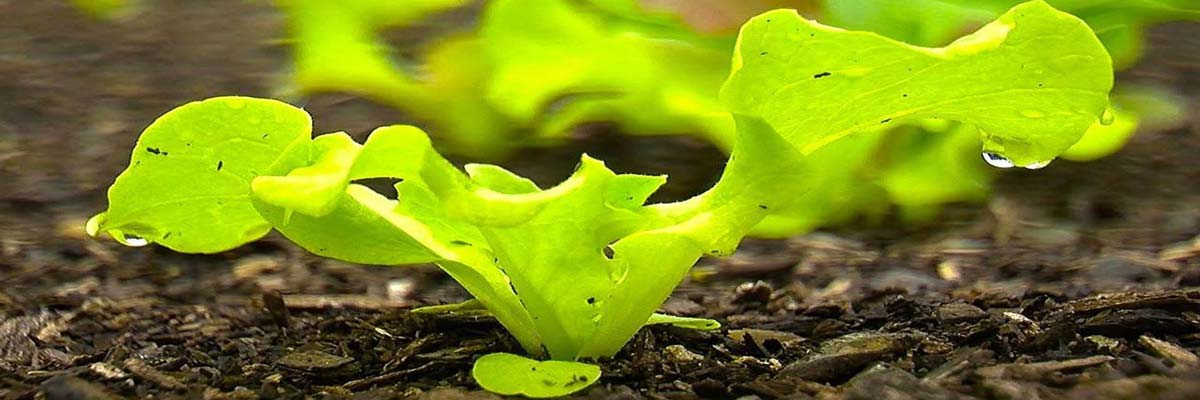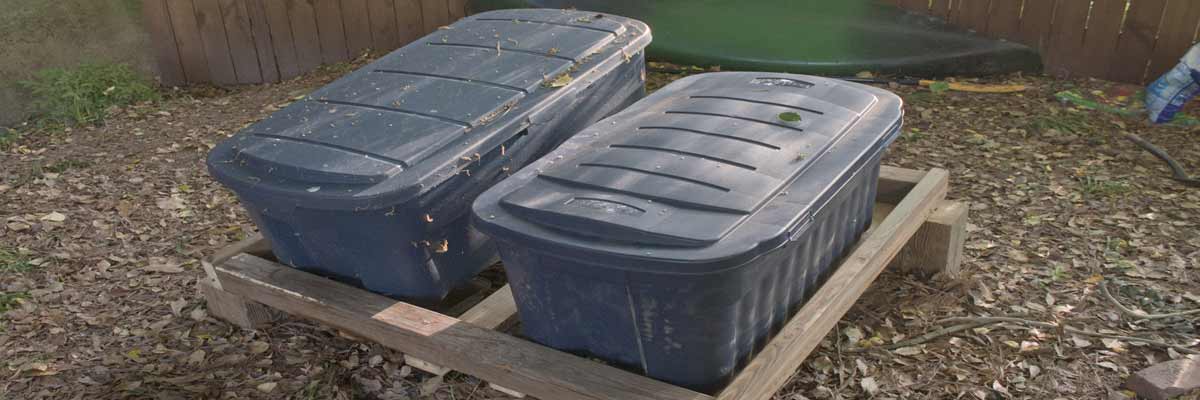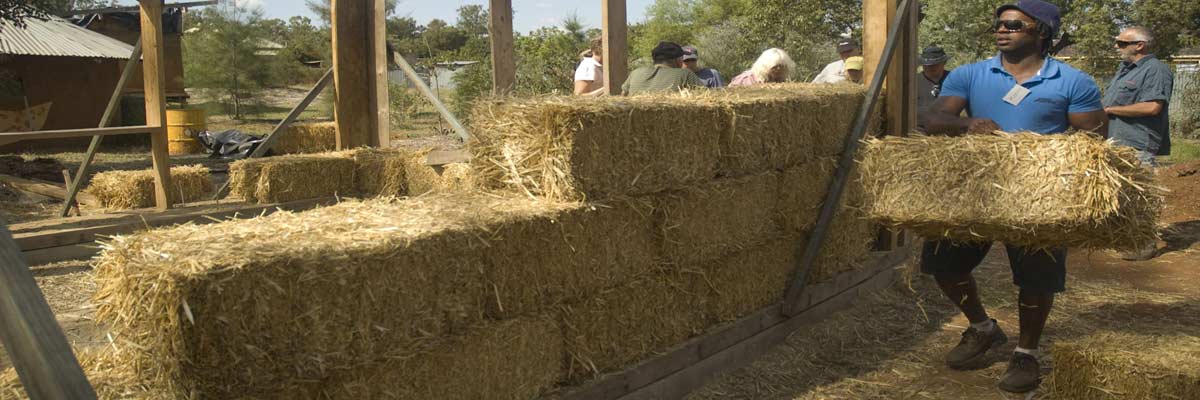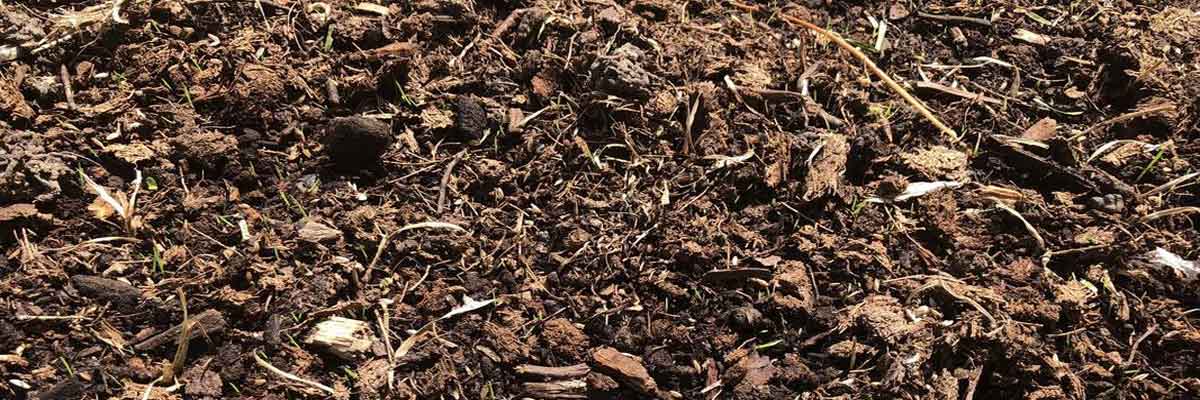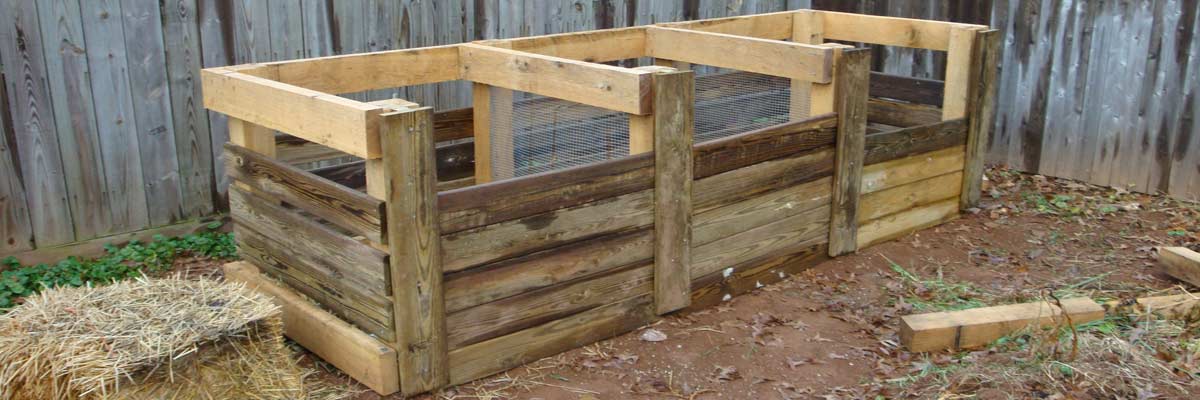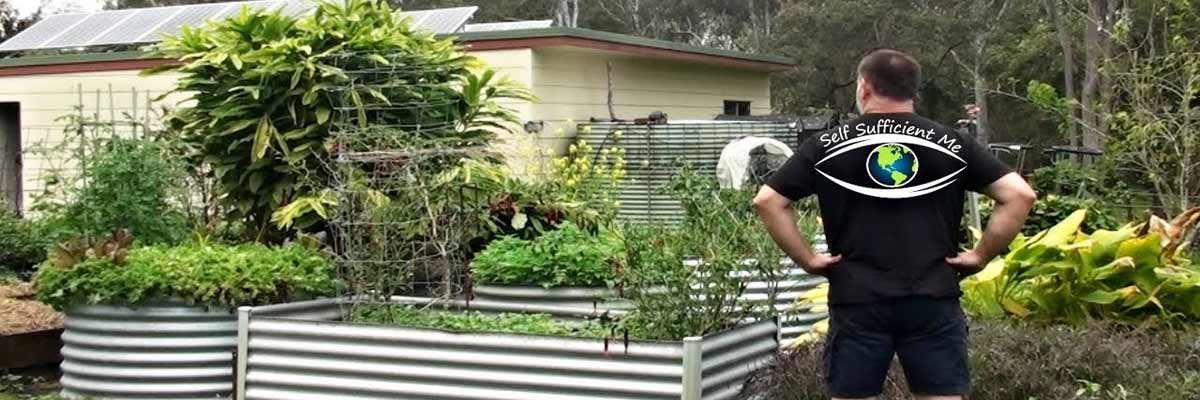How To Build A Hobbit House (That You’d Actually Want To Live In!)
Just found this link to a beautiful ‘How-To’ that takes you through the steps of building your very own low-impact woodland home. It’s appearance is very similar to the Hobbit homes featured in Lord of the Rings, but the aesthetics of the design also make it a piece you might find in Better Homes and Gardens. The cost? The author estimates total expenditures of about $6,000. This, and about 1000-1500 labor hours to put everything together. From the site,
“Take one baby, a toddler and a building site. Mix well with a generous helping of mud, combine with 6 weeks of solid welsh rain whilst living under canvas. Do this in candle light without a bathroom or electricity for three months. Chuck in living with your father for good measure. Top with an assortment of large slugs. The result a hand crafted home of beauty, warmth and health for about 3,000.”
Book Review: Grave Matters
It goes without saying that death is probably not the best topic to start the New Year with. However, it’s never too late early to start thinking about how you might leave this world. As some of you know, I’ve recently delved deeper into the ‘alternative burial’ industry and months ago produced a short video and piece on a Green Cemetery that opened here in Ithaca. It was at the dedication of this cemetery that I met a gentleman named Mark Harris; a former environmental columnist with the LA Times. He was doing research for an upcoming book that took a look at the myriad of ways you and I can leave this planet. I mentioned to him that I looked forward to reviewing the book and he said it would be a pleasure to send one my way. This Christmas, such a gift arrived at my door.
Titled Grave Matters, Mark’s book gives us a front row seat in surveying the burial industry. From the modern burial to the green burial (and everything in between), we’re treated to the intimate details; some that will shock, some that will enlighten, and others that will simply make you reconsider everything you thought you knew about death. Ever since the character Nate Fisher was laid to rest in a woodland grave with only a sheet in the final season of HBO’s “Six Feet Under”, Americans have started reconsidering their options with burial. Harris’s book provides the details and lays the groundwork for making those decisions; and once and for all deciding how we’ll leave our mark on the planet.
EcoForms
Wow, here’s another West Coast only first! In Santa Rosa, CA (just north of San Francisco) there is a company that makes pots for your plants, flowers, herbs, and such out of sustainable crops, mainly grain husks. They’re called EcoForms.
Now from what I understand, such a product already exists in Canada, the UK, and Australia. EcoForms is the first here in the US (but correct me if I’m wrong). They are a husband wife team who run an organic nursery called Sweetwater Nursery. Like most things borne out of necessity; they wanted an alternative to the plastic pots. They had already converted their greenhouses to solar power and their trucks to biofuels, but the plastic containers for their organic plants just seems contradictory, hence an idea was borne!
They are designed to last 5 years in all climates. and come in a variety of earthy colors and different sizes. If you decide to discard it into a landfill, it will breakdown into a nutrient-rich organic matter with a PH value of 7.0. You can find them at Whole Foods or contact them directly for wholesale orders, or custom designs.
Tell all your green thumb friends,
Arcadia
Sustainable Fashion: Ecoist Interview
In the past, the term ‘sustainable fashion’ carried an almost instant stereotype of hemp and unappealing design. To even consider an alternative to fashion that went against the status quo was a gamble of reputation and money on consumer acceptance. As we’ve seen over the last couple years, however, the shades of green befalling industries has led to new markets and opportunities for companies willing to trail blaze. It’s not surprising then that the fashion industry — known for daring and bold ideas — would be one of the first to turn everything upside down. We’ve seen organic and animal free styles by Stella McCartney, activism from models like Summer Rayne Oakes, and corporate shifts to free trade and sustainable materials from companies like Timberland .
Amidst these changes in practice have also come new companies offering radical takes on classical products. Not just necessarily from a design point of view, but also on what makes up the product. One such company making waves throughout the industry is Ecoist . From their website,
40.7 Percent Efficient Solar Cell Announced By DOE
U.S. Department of Energy (DOE) Assistant Secretary for Energy Efficiency and Renewable Energy Alexander Karsner today announced that with DOE funding, a concentrator solar cell produced by Boeing-Spectrolab has recently achieved a world-record conversion efficiency of 40.7 percent, establishing a new milestone in sunlight-to-electricity performance. This breakthrough may lead to systems with an installation cost of only $3 per watt, producing electricity at a cost of 8-10 cents per kilowatt/hour, making solar electricity a more cost-competitive and integral part of our nation’s energy mix.
(Emphasis definitely freakin’ mine.)
Not to out do Kevin’s exuberance, this is definitely a huge deal. $3 per watt to install? A 62% reduction in installation cost for PV panels?
A Review of Shaklee Cleaning Products
One area that sorely lacks an environmental focus in my household is our cleaning products. For some reason we just had never given it much thought. I was recently given the opportunity to bring some products into the house for a product review and what follows are my thoughts on the products after about 6 weeks of use. The products we obtained are from the Shaklee group of cleaning products. They can be found at www.Shaklee.com .
Dish Soap
Our first opportunity to review the dish soap product that was supplied to me was on Halloween. I thought I had a great opportunity to test it’s grease fighting and cleaning ability because we would have plates and dishes sitting around as we hurried out the door to do some trick or treating, and also because I had cooked a whole chicken for dinner so there was quite a bit of grease available.
I was right. It was quite the test. By the time we returned from our candy fueled adventures the dishes were quite a sight. Following the direction on the bottle I added a couple of drops of dish soap to my dish pan along with some hot water (we keep our water heater at 120 so our water isn’t really that hot) and I started to wash the dishes. And the dish soap worked beautifully. In fact, it worked just as well as I could have expected from a non-environmental cleaner. I never did add any additional soap to the dishpan and the soap worked fantastic.
Slow Clothing
In conversations about social justice, energy, and our environment clothing doesn’t get a lot of attention. This is in part because individually, clothing items don’t carry that big an embodied energy cost. Another reason is that shirts aren’t as spectacular as cars, or houses or even dinner. It is also kind of a girl thing – although male clothing is just as expensive, men, on average, shop less often and buy less when they do. Women tend to buy the household’s clothing as well as their own, and to engage in recreational clothing shopping. Clothing the household has been women’s work from time immemorial. And because the clothes we wear are tied intimately into how we feel about ourselves, and how others view us, clothing as a subject is somewhat fraught.
And yet, I think there are a number of really good reasons to find and learn ways to make clothing, to prioritize homemade, or locally made clothing (including learning to find it beautiful), and perhaps to create a “Slow Clothing” movement rather like the ”Slow Food” movement currently picking up speed. Maybe it’s as simple as creating a campaign in which each of us would have at least one daily wearable outfit that we’ve made ourselves.
How To Pick (and take care of) A Live Christmas Tree
When selecting a tree “go live”. When the holidays are over it can be habitat for small mammals and birds. They provide shelter and beauty not to mention clean air. It is a green choice for sure.
There are a few important considerations when dealing with a live tree.A live tree comes with roots and therefore is heaver than a cut tree, obvious huh? Well don’t let a little extra weight get in your way. I use a wooden furniture dolly to wheel our tree around. Your local nursery will bring in live trees and often take the balled & burlapped trees and pot them up for easier handling. Some nurseries will just grow the trees in containers. Once you have chosen the perfect tree and you have brought it home you can’t just place it in the corner of the room right away. Follow these steps for best success:
More On How To Grow A Luffa
Quite a few people were interested in my recent harvest of Luffa shower sponges. I thought I’d explain a bit more about the plant and the process of growing it. Luffa aegyptiaca Mill. or as it is commonly called, the Loofah, is a vegetable native to South America. It can be eaten when it is smaller. I have stir fried them but only up to a size of about 4 inches. After that they become tough like an over ripe squash. Left to fully mature each fruit produces an excellent sponge. Seeds for this plant are readily available through vegetable catalogs and you’ll only have to buy seeds your first year- one mature Luffa sponge will produce at least 30 seeds. Some will produce many more.
Frost kills the plant and it needs 4 to 5 months of growth to produce sponges. Here in North Carolina I can plant seeds directly in the ground near the date of the last frost and then harvest a modest number of sponges later in autumn. If I wanted a better yield or if I lived further north I would start them indoors several weeks, maybe even a month before the date of the last frost and transplant them outdoors after frost danger has passed. Planting them on the sunny, southern side of your property will help. They are natural climbers and are happiest running up the sides of a trellis or even the outer walls of your home. I sprinkle a few seeds near, but not in front of, one of my south facing gutter downspouts. When the plant sprouts it climbs up the downspout and along my gutters. It doesn’t impede the flow of water and in the fall when the plant dies I easily pull it off of my home. The large Luffa leaves help to shade the hottest side of my house in the summer. I am certain they could be grown just as well on a large trellis. They can get quite long. I’ve grown vines that exceeded 15 feet in length.
How To Make (and grow) A Luffa!
For the third autumn in a row I am pleased to be harvesting my shower sponge for next year. Now I know that must sound like a strange statement but it’s true. Many people are surprised when they find out I grow my own Luffa sponges. “Don’t those come from the sea?”, is the standard question to which I respond that the Luffa is a vegetable you can grow in your very own garden.
This annual requires a long growing season of frost free weather. But for those of you in colder climates it is possible to start seedlings indoors and then transplant them outside allowing you to grow your own sponges. The vine can grow to great lengths producing beautiful yellow flowers all summer. Next spring I will be sure to remind you to start your sponges. Right now though I am focused on the harvest. I almost waited too late to get my Luffa started this spring so I was lucky to get a hand full of mature sponges. This one grew right outside my bedroom window.
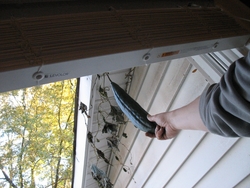
Spain: Solar Panels Required On All New And Renovated Buildings
Photovoltaic cells on top of someone’s roof will no longer be a sight of interest for people visiting or living in Spain. In fact, they’re simply going to become part of the building code thanks to new legislation that requires all new or renovated buildings to offset “between 30 and 70 percent of hot water costs with the sun.”
From the article,
“New non-residential buildings, such as shopping centers and hospitals, now have to have photovoltaic panels to generate a proportion of their electricity. Other measures in the new building code enforce the use of better insulation, improve the maintenance of heating and cooling systems and increase the use of natural light.
“The new standards will bring energy savings of 30 to 40 percent for each building and a reduction of carbon dioxide (CO2) emissions from energy consumption of 40 to 55 percent,” the Environment and Housing Ministries said in a joint statement.”
Wow. If I was an investor in Solar technology, I would be all over the companies bidding for contracts in Spain after this announcement. The question is, what kind of pressures will this place on the industry such that demand will outstrip supply? Quality silicon for solar panels are already in short supply. I wonder if a delay of this kind would delay the entire renovation or construction of a new building?
Film Review: Tapping Maple Ridge
The new film, Tapping Maple Ridge , cleverly examines the parallels between maple syrup and wind energy. Why this is even applicable in the first place lies in the film’s setting of Lewis County, NY; the largest producer of maple syrup in NY and the site of the largest wind farm east of the Mississippi at Maple Ridge . Here’s an excerpt from their site,
“Tapping Maple Ridge is a meditation on the unexpected parallels between wind energy and maple syrup production. Shot on High-Definition video, the film illustrates the visual and conceptual correspondences between the sugar bush (a stand of maple trees tapped for syrup) and the wind farm. Interviews with maple syrup producers, Tug Hill landowners, Lewis County residents, and wind energy developers reinforce and elaborate on those relationships.”
Read More
I Like Peak Oil Preparation Posts
Here’s another good one courtesy of Rob Hopkins of Transition Culture – His interview of Bob Flowerdew, “one of the UK’s best known organic gardening writers and broadcasters.” It runs the gamut, from what skills we need in the future, looking at the basics in life, to making candles, finding heat supply for winter, and local food production. It’s a really good interview, and since it is an “exclusive”, I won’t generously borrow in blockquote, but just direct you over there for a look. The interesting take that Mr. Flowerdew adds to the conversation, is that he believes that we should be looking more at fruits rather than veggies to solve our local food production issues. I will give you just a taste of his realist look at our future:
We will not win the world over by making them live on gerbil food and wear a loincloth. You get people by winning them over one bit at a time.
I guess my organic bamboo loincloth business idea is out then. Great work as always, Rob.
Busy Signal
I came across a group of essays on the web, some more controversial than others (I tend not to touch religion with a ten foot pole while blogging), but most very inspiring. It is worth poking around the site and gleaning a bit of knowledge or inspiration for yourself.
This essay, by John O. Andersen, is called The Cost of Chronic Busyness – here is an exerpt:
When chronically busy, I have less time for my own life scripting. So I fall back into the “default mode,” that is, let popular opinion do the scripting. This usually means allowing others’ demands to fill up my schedule. In no time I’m up to my eyeballs in activities.
Too much of this and I feel as if I’m running away from myself. I may be accepted as “one of the boys,” but inside, I’m killing off the real me; the guy who has his own opinions and enjoys time alone. Ironically, when I have time to myself for reflection, the outside world tends to appreciate my contributions more.
In other words, the more I’m myself rather than someone else, the more use I am to others. Maybe this is because people have an innate sense to distinguish between those who act authentically and those who act like clones. The human spirit thrives on sincerity, genuineness and self-disclosure.
How To: Make A Worm Bin For Your Home
Most people don’t associate worm bins with something that can exist inside your home. However, with the right ventilation and setup, your worms will be more than happy to do their work in your company — without upsetting guests who might cringe at the thought. The secret is in using Rubbermaid Roughneck 10 Gallon Plastic Containers; the type that most people use for storing winter clothing or footwear. Their unassuming appearance make for easy integration of a worm bin in the basement, pantry, etc.
The instructions after the jump are really easy to follow. I haven’t tried it myself yet, but admit to wanting faster compost; especially with winter drawing fast and thoughts of Spring taking root. I’ve never tried worm composting, but hear it’s pretty effective. Anyone have any suggestions for worm bin composting inside the home? Take a look at these plans and tell us what you think!
Welcome To The Halloween Edition Of The Carnival of The Green #51!
Last week’s carnival was hosted at How To Save The World and next week’s will kick off November at CityHippy! Of course, many thanks to the carnival creators, CityHippy and TriplePundit. You can hit either link for more information on how to host the carnival on your site.
This week, we’ve taken the sites you love and given them the morbid makeover. Sure, it’s nothing too frightening, but we had some fun with some text generators and gave most of you a tombstone. We kept the toe tag for Groovy. Happy Halloween!
DIY :: Strawbale Coldframe
I recently overheard Albert Bates of The Farm make mention of using strawbale walls in greenhouses. Typically strawbale construction treats the straw walls with a lime and clay plaster to create a breathable, weather and bug resistant barrier. If not the bales rot. However when the bales begin to breakdown the process gives off heat. Mr. Bates leaves the strawbale greenhouse walls untreated so that they will decompose over the winter and give off heat to keep the plants warm. The following spring the partially decomposed walls are used to mulch the garden. I scaled down the idea a bit and built myself a strawbale cold frame. Here’s how to do it.
Groovy Challenge :: Stealing Soil
On our own, nongroovy websites Matt and I have been talking about the great autumn resource of fallen leaves from deciduous trees. Sure you can rake the leaves from your yard and use them as mulch or add them to your compost pile but what about all those bags of leaves you see on the side of the road piled up as other people’s trash? The process by which trees produce leaves that then fall and decompose is how soil is created. Those people are throwing away soil. Are they crazy!?!? Every year 25 billion tons of topsoil is lost to the world. The way I see it I have a duty to stop and pick up those bags and make sure that they are indeed turned into life supporting soil. Sure they’ll rot wherever they end up but why not in my garden helping me to grow yummy, superlocal food?
So here’s the challenge. Matt, I bet I can pick up more bags of leaves (soil) than you can. If you accept my challenge and I do pick up more bags, you will have to do something. But if you happen to collect more bags of leaves from the side of the road then I will have to do something. And we’ll let the readers decide what that something is. What do you say?
DIY Compost Bin
In the spirit of this newly announced competition, I put together a larger compost bin to collect our (and yes, possibly our neighbor’s) leaves this fall. This will supplement our smaller secure bin that we use for kitchen scraps – It keeps the skunks out.
Killing two birds with one stone, I got rid of a good portion of my “reclaimed wood pile” (that was not Mrs. B’s favorite), and built myself a fine compost bin.
A picture is worth a 1000 words, so without further ado: (click more to see pics and for dimensions)
Interview :: Path to Freedom
Jules Dervaes and his family are fueling a revolution. More and more Americans are waking up to reality and beginning to recognize that we have real problems at hand concerning energy and the environment. An increasing numbers of these concerned citizens are seeking ways to live more conscious, self-sufficient lives. However trying to transition from the consumer culture towards a more sustainable way of life takes both inspiration and information. That’s were Jules Dervaes comes in. He calls his project Path to Freedom. It’s an attempt to live more sustainably and rely less on factory farming and genetically modified foods. But instead of moving to the country and starting a farm, Jules Dervaes and his family stayed in their own neighborhood to make their change. They live in Pasadena, California on a small urban lot. Their path towards sustainability, the Path to Freedom as Jules likes to say, means making real change right at home.
